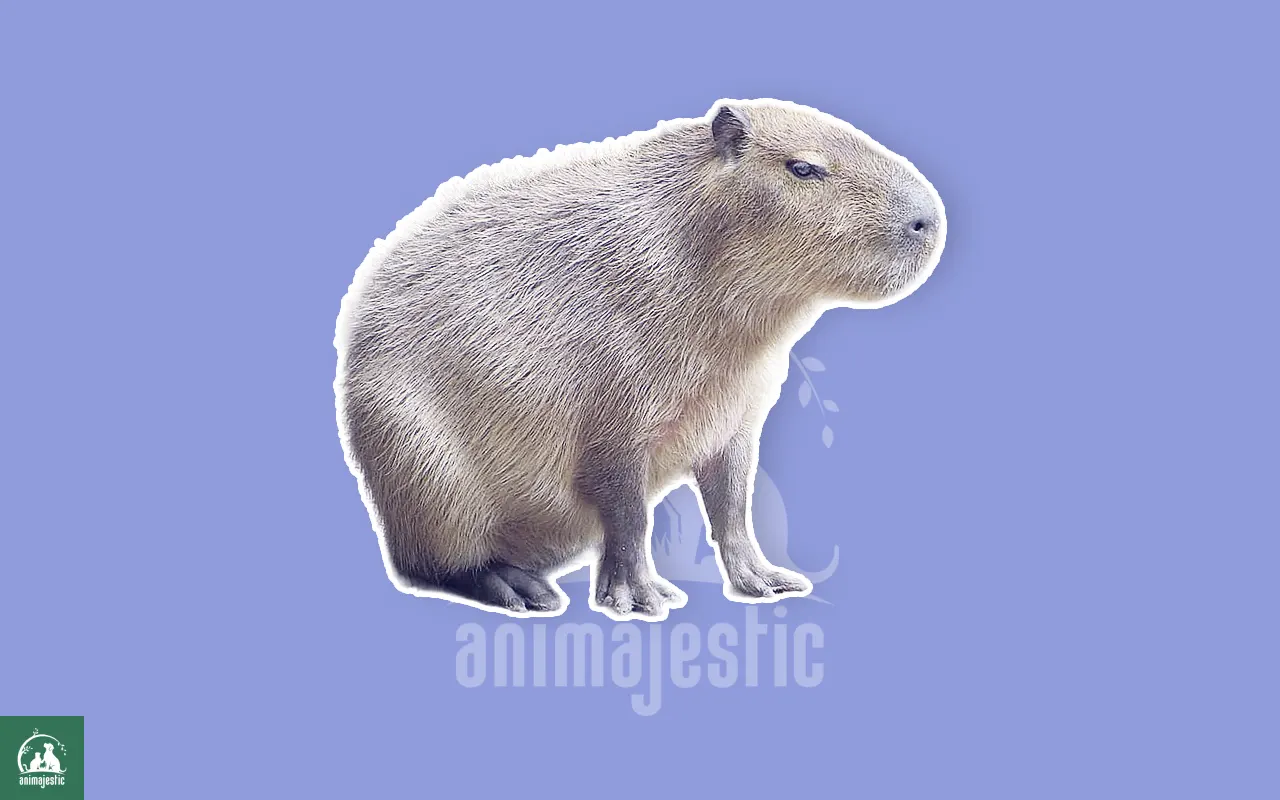Capybaras, the world’s largest and, arguably, one of the friendliest rodents are trending in the exotic pet world.
Our well-researched approach will extensively focus on the techniques and best practices to pet a capybara while ensuring that it remains a boon and not a bane to both the pet owner and the creature itself. Besides, capping this guide off will be some tips to uphold Capybaras’ best health and happiness. So buckle up and get into the endearing world of capybaras.
Getting to Know Capybaras
Before we move into the details of how to pet a capybara, it’s essential to understand their natural behavior, basic needs, and what owning one entails.
Origin and Habitat
Capybaras hail from South America, specifically around the Andes where they have adapted to a semi-aquatic lifestyle. They are typically found near bodies of water, and therefore, love to swim and wallow in mud. Consequently, care must be taken to provide them access to a swimming area when in captivity.
Social Behavior
Capybaras are highly social creatures and, they live in groups of 10 to 20 individuals. They use a wide range of sounds to communicate and are known for their friendly and amiable nature.
Lifespan and Size
Capybaras live approximately up to 10 years in captivity and can reach sizes of 4 feet long and weigh upwards of 100 pounds. This size factor should be considered when planning their enclosure and general care.
How to Pet a Capybara
Proper interaction is important when dealing with exotic pets. As you proceed, remember to be gentle and observant, respecting the capybara’s boundaries.
Setting the Environment
Ensure the environment is serene before approaching a capybara. Such conditions will help to replicate their natural habitat and keep them relaxed.
Approach
Initially, approach the capybara slowly and calmly. Quick movements may intimidate or scare the creature.
Controlling Your Actions
Always aim to be on the capybara’s level. Try not to stand over them, as this can appear dominating. Allow them to sniff you first and familiarize themselves with you.
Petting Techniques
Start by gently stroking the capybara from the middle of its back, moving on to other areas as it becomes more comfortable. Avoid areas where the capybara appears uncomfortable being touched.
Observing Responses
Observing body language is crucial. If the capybara seems to enjoy the petting, it might lie down or close its eyes. Contrarily, signs of discomfort include nipping or attempting to move away.
Living with a Capybara
Once the petting techniques are down, maintaining the capybara’s overall happiness is key.
Diet
Capybaras are herbivores. Provide a diet rich in hay, fruits, and vegetables.
Health Care
Regular veterinary check-ups to ensure they are healthy should be arranged. Since capybaras are prone to diseases like parasites, attention must be given to their medical care.
Social Needs
Capybaras enjoy company, and isolation can lead to stress. Hence, arranging play dates with other animals can considerably boost their mental health.
Conclusion: Developing a bond with any pet takes time and patience. Though the capybara might be a unique choice to own, they can make excellent companions. Remember to observe, respect, and most importantly, love your capybara. In petting a capybara, not only do you forge a newfound companionship, but you also unlock a world filled with gentle sweetness and camaraderie that is quite unmatched. Happy Petting!
